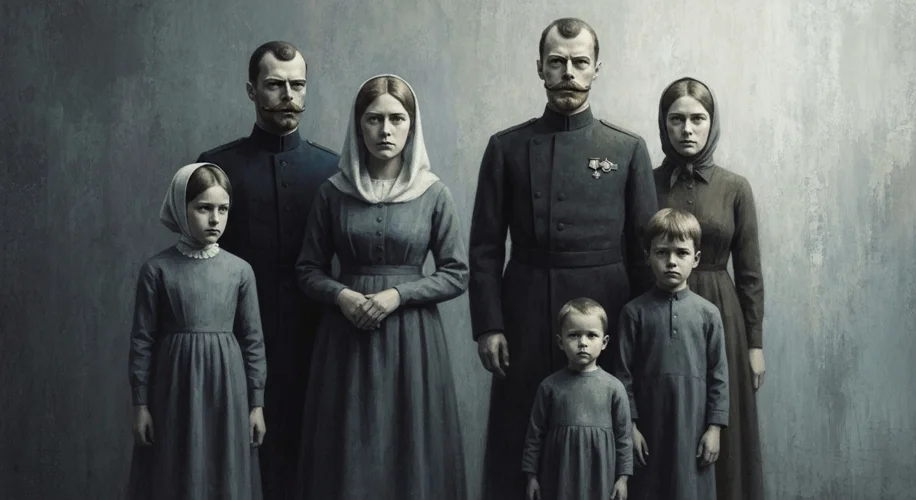The year is 1613. Russia, a land fractured by internal strife, civil war, and foreign invasion, teetered on the brink of collapse. From this chaos emerged a young nobleman, Mikhail Romanov, chosen by a Zemsky Sobor (Assembly of the Land) to ascend the throne. Little did they know, this boy, barely a teenager, would inaugurate a dynasty that would shape Russia for over three centuries, weaving a tapestry of opulence, autocracy, and ultimately, tragedy.

The Romanovs inherited a vast, unwieldy empire, a land of stark contrasts where immense wealth existed alongside crushing poverty, and a burgeoning European-style capital in St. Petersburg stood in stark opposition to the ancient traditions of Moscow.
Peter the Great, perhaps the most transformative Romanov, was a colossus of will and vision. In the late 17th and early 18th centuries, he dragged Russia, often kicking and screaming, into the modern age. He abolished old customs, built a navy from scratch, reformed the government, and even decreed that men should shave their beards – a deeply personal and cultural affront to many. His famous window to the West, St. Petersburg, rose from the marshes, a testament to his ambition and the forced labor of thousands.
Catherine the Great, a German princess who masterfully seized the throne in a coup, continued this Westernizing trend, embracing Enlightenment ideals while simultaneously expanding the empire and solidifying serfdom. Her reign was a golden age for the aristocracy, marked by lavish balls, intellectual salons, and a sophisticated court life that mirrored that of Western Europe. Yet, beneath the glittering surface, the vast majority of Russians remained tied to the land, their lives dictated by the whims of their landlords.

The 19th century brought new challenges. Industrialization began to creep in, creating a nascent working class and further widening the gap between the privileged few and the impoverished masses. Revolutionary ideas, echoing across Europe, began to find fertile ground in Russia. The Decembrist revolt in 1825, an attempted coup by liberal officers seeking constitutional reform, was brutally crushed, signaling the autocratic nature of the Romanov rule.
Nicholas II, the last of the Romanovs, ascended the throne in 1894, a man ill-suited for the seismic shifts occurring in his empire. He was a devout man, a devoted husband and father, but a weak and indecisive ruler, clinging to the divine right of kings even as his people clamored for change. His reign was marked by disaster: the humiliating defeat in the Russo-Japanese War (1904-1905), the Bloody Sunday massacre (1905) where peaceful protesters were gunned down outside the Winter Palace, and the devastating impact of World War I.

The war proved to be the final nail in the Romanov coffin. Food shortages, crippling casualties, and widespread discontent fueled the flames of revolution. In February 1917, the February Revolution erupted, leading to Nicholas II’s abdication. The Bolsheviks, led by Vladimir Lenin, capitalized on the ensuing chaos, promising

